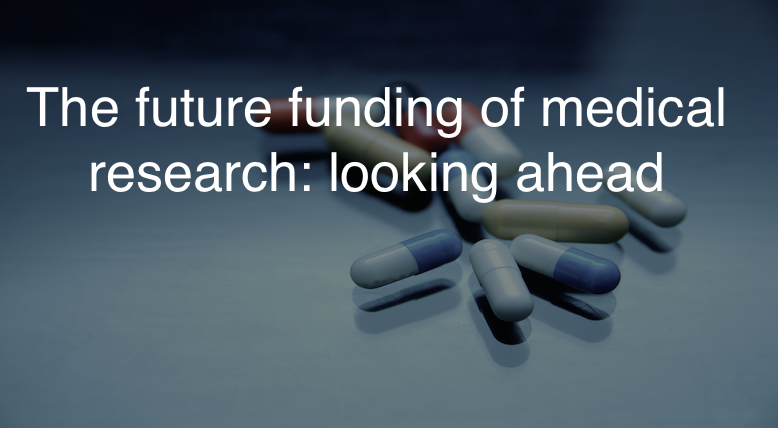In late May the Australian Government introduced legislation to establish the $20 Billion Medical Research Future Fund (MRFF). The MRFF will be established from the 1st August 2015 and will receive an initial contribution of $1 billion from the uncommitted balance of the Health and Hospitals Fund. An additional $10 million of medical research funding will be distributed in 2015-16 from the MRFF that is estimated to grow to over $400 million in the following four years.
The strategy and methodologies for MRFF applications and disbursements are not yet clear, but the introduction of the MRFF is relevant to all donors and foundations supporting medical research.
The opportunity here is not only about the MRFF, but also about the future funding of medical research more widely.
The MRFF has ignited discussion around what success may look like to different people in the medical research ecosystem and an important voice that must be taken into consideration is that of the community. After all, it is the community that is paying for most medical research activities in Australia, whether it is through taxation and public grants (NHMRC, DOHA or the MRFF) or philanthropy (donors and foundations). What does the community expect from a social investment in medical research and how can this best be achieved?
It is possibly true to say that communities don’t intend a researcher to be the end recipient of a grant, but rather the conduit to delivering a greater good. It is not only up to the researchers to allocate and spend grants efficiently, but also donors, foundations and institutions to facilitate efficiencies including access to supporting infrastructure, skills and networks that together can assist researchers meet community expectations.
The focus should be on effective giving and support strategies and “What does success look like?” is a critical question that foundations, donors, researchers and their institutions should revisit as more information becomes available.
Funding medical research for success is complex and getting the balance right is both an opportunity and a challenge. Strategically looking at a system wide approach makes sense but this means that foundations and donors need to understand not only who and what they are funding, but also how the funds are being applied. This will also potentially mean the adoption of new measures that align with new application processes.
Foundations may also wish to consider future communication and reporting strategies that align with key stakeholder and donor expectations. The opportunity exists to embrace a refocussing of the lens and develop strategies to “put rubber on the road” and better support impact from medical research and collaborate with other foundations.

